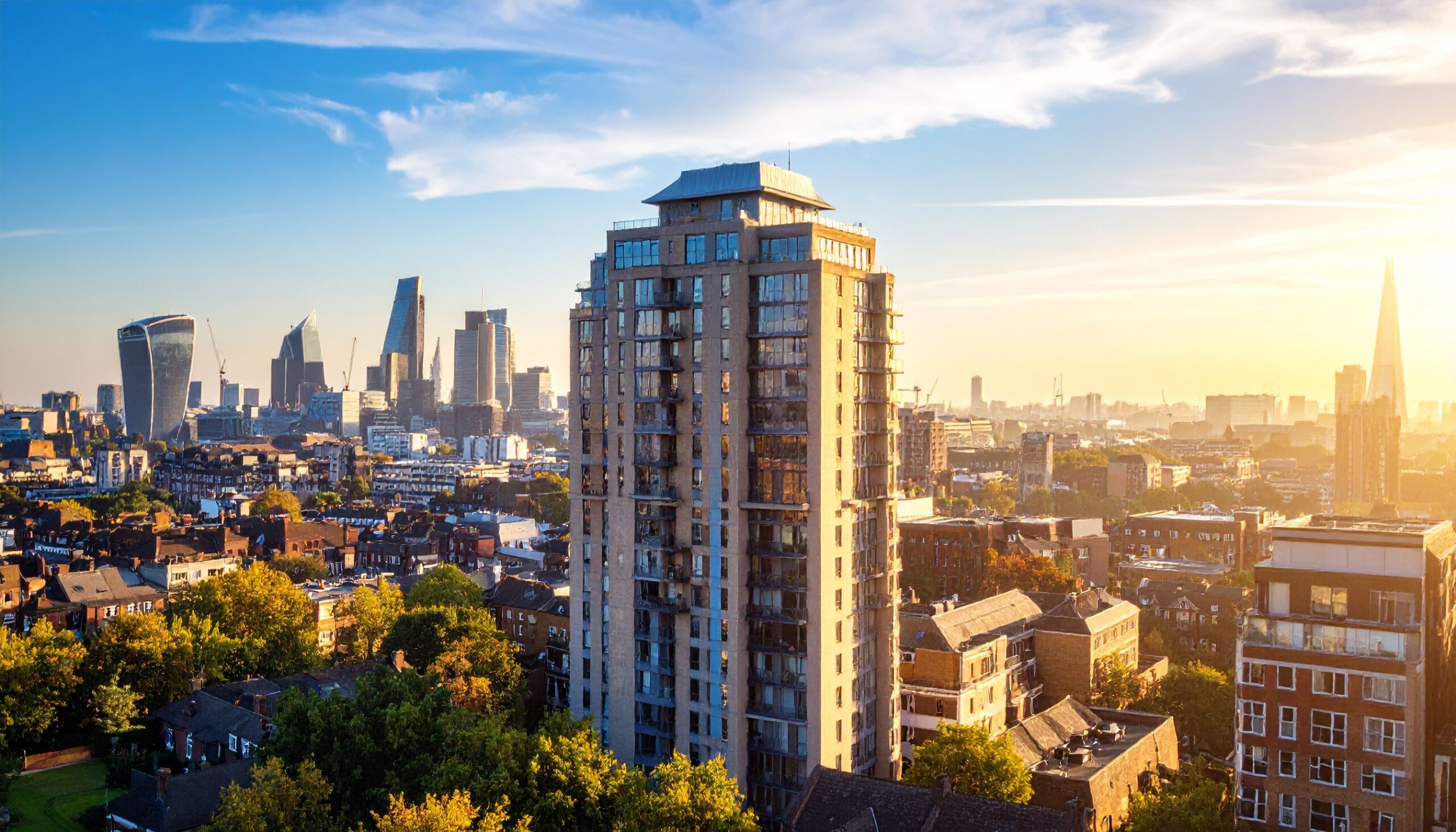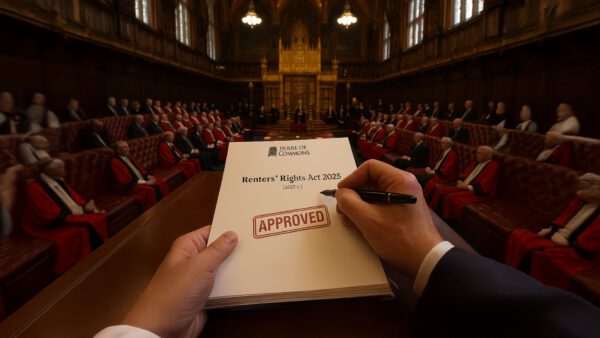As most of you will know, in August 2023 the Government laid before Parliament several regulations designed to extensively update and change various sections of the Building Safety Act (BSA) 2022 as well as other building regulations.
These changes came into force over the weekend. We have all heard plenty about the intentions behind the new regulations in wake of the Grenfell tragedy and Dame Hackitt’s subsequent report, but what does this mean for you and your business in practice? This article provides a brief overview of the changes.
What Are The New Building Safety Regulations?
The new regulations are:
- Building (Approved Inspectors etc and Review of Decisions) (England) Regulations 2023 – amend the Building (Approved Inspectors etc) Regulations 2010. The amendments mean that the Building Safety Regulator will be the only building control authority for all higher-risk buildings (HRB).
- Building (Higher-Risk Buildings Procedures) (England) Regulations 2023 – provide the detail of the building control regime for HRBs during design and construction or when building work is being done to an existing HRB.
- Building Regulations etc (Amendment) (England) Regulations 2023 – amend the Building Regulations 2010 to support the new HRBs control regime. Extensive changes include Regulation 6, which inserts a new Part 2A “Dutyholders and competence” into the BR 2010.
- The Building Safety Act 2022 (Consequential Amendments etc) Regulations – make consequential amendments to various miscellaneous statutes and orders.
Alongside the tabling of the new regulations, the Government also published its response to the consultation on changes to the building control regime under the Building Safety Act 2022 (BSA 2022) and relevant regulations.
These changes focused on HRBs and with the Government emphasising that it intended to place additional requirements on all those working on such buildings.
What Are The Changes That Came Into Force On 1 October 2023?
Part 2A of the Building Regulations etc. (Amendment) (England) Regulations 2023 introduces new dutyholder and competence requirements for practitioners and clients. These apply to all works that are subject to the Building Regulations 2010. Clients are required to plan, manage, and monitor the project to ensure full compliance with the Building Regulations 2010. Designers and contractors should only be appointed once the client is fully satisfied that they meet the competency requirements.
For their part, designers and contractors , having considered the project, must be sure that they can satisfy the competency requirements before they accept the job. Principal designers and principal contractors who have an active co-ordinating role must meet additional requirements before being appointed or accepting an appointment.
To meet the competency requirements, an individual contractor or designer must have the skills, knowledge, experience, and behaviours necessary to fulfil their duties. Entities must have the organisational capability to undertake the project.
Although most of these requirements will have already been fulfilled by the parties, the amendments require the steps be documented so a detailed audit trail exists.
The Building Regulations etc. (Amendment) (England) Regulations 2023 Also Provide For:
- Amendments concerning the process for building control approval in respect of non-Higher-Risk Building works. This replaces the current “deposit of plans”;
- A more robust definition of “commencement” (which was previously only dealt with in guidance) and provision for the automatic lapse of building control approval after three years if works have not begun; and
- For building works where the Fire Safety Order applies, the provisions concerning fire safety information have been strengthened.
The changes around HRBs set out in the Building (Higher-Risk Buildings Procedures) (England) Regulations 2023 are in line with those featured in the consultation on which the Government has recently published its responses. They include:
- At Gateway 2 (building control application stage) and Gateway 3 (completion certificate stage), full details of the compliance documentation to be submitted must be provided.
- Certain changes to approved documents must be notified to the Building Safety Regulator (BSR). Major changes to the documents will require BSR approval.
- A mandatory safety reporting procedure for major incidents.
- A requirement to maintain a golden thread of information in an electronic facility incorporating all approved documents from Gateways 1 and 2, the change control log, any mandatory occurrence reports, any notified changes in the principal designer or principal contractor and a draft Gateway 3. An additional requirement is that this data must be capable of being transferred in a format which is uncorrupted, readable, and intelligible to intended recipients.
Timescales For Implementation?
Broadly speaking, the amendments to the Building Regulations 2010 and the Approved Inspectors Regulations 2010 will not apply to building work started or where an initial notice has been given to a local authority and was accepted or treated as accepted before 1 October 2023.
There are complex transitional provisions in relation to the Higher-Risk Buildings Procedures Regulations 2023 which are beyond the scope of this article. If you have any questions, please feel free to contact me.
Wrapping Up
Many of the questions relating to the changes to the building safety regime will only become apparent as the new provisions bed in.
However, we do expect Regulators and the Courts to take a hard line on any breaches, so it is vital that your business fully grasps the changes and implements policies and procedures to ensure compliance.
To discuss any of the points raised in this article, please contact Stephanie Houston or fill in the form below.









